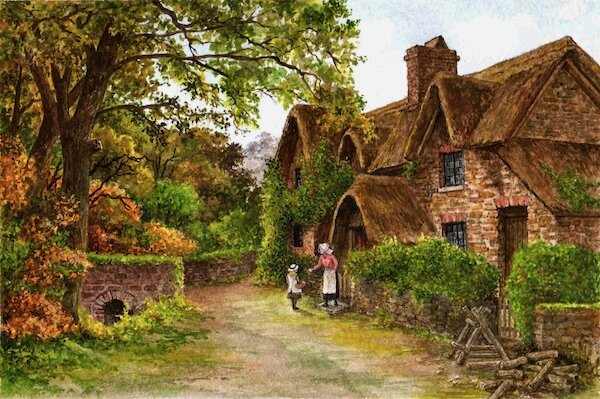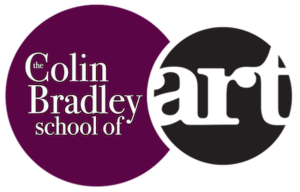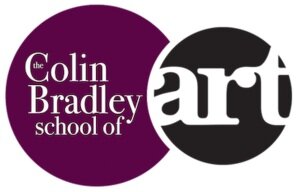Tips For Taking Great Reference Photos
[fusion_builder_container hundred_percent="yes" overflow="visible"][fusion_builder_row][fusion_builder_column type="1_1" background_position="left top" background_color="" border_size="" border_color="" border_style="solid" spacing="yes" background_image="" background_repeat="no-repeat" padding="" margin_top="0px" margin_bottom="0px" class="" id="" animation_type="" animation_speed="0.3" animation_direction="left" hide_on_mobile="no" center_content="no" min_height="none"] When I originally wanted reference material, I started out using Calendars and books from the library. There is no copyright problem doing a painting from a reference photo as technically the picture that you paint is your copyright. It is your interpretation of that picture. Saying this, I do attribute some of my work that I have copied (such as pictures from A R Quinton) as ‘after A R Quinton’. After a while I went out and took my own photos of the surrounding areas where I lived which were mostly rural scenes.Tips for Photographing AnimalsIf you are taking photos of dogs or cats or wild animals in a zoo choose a day when it is a little dull as there will be no shadow problems and take the photo ¾ angle to the light source and take lots of photos. Cats are very hard to get photos of as they do not react to any commands as does a dog.
When I originally wanted reference material, I started out using Calendars and books from the library. There is no copyright problem doing a painting from a reference photo as technically the picture that you paint is your copyright. It is your interpretation of that picture. Saying this, I do attribute some of my work that I have copied (such as pictures from A R Quinton) as ‘after A R Quinton’. After a while I went out and took my own photos of the surrounding areas where I lived which were mostly rural scenes.Tips for Photographing AnimalsIf you are taking photos of dogs or cats or wild animals in a zoo choose a day when it is a little dull as there will be no shadow problems and take the photo ¾ angle to the light source and take lots of photos. Cats are very hard to get photos of as they do not react to any commands as does a dog. Tips for Landscape PhotosWith a Landscape photo, there will be a background, middle ground and foreground. You want all three things to have something of interest in them.The background will have distant hills, trees, foliage.The middle ground should have all the interest – people, animals.The foreground should supplement the rest. Take landscapes from a standing position. Don’t bend down or elevate yourself, otherwise it will not appear natural. The horizon line should not split the picture in the middle. The 2/3rds rule apply here. Either 2/3rds sky or 2/3rds landscape.Nowadays, you can of course crop and change images on your computer. If you want, take the photo from a bit further away than intended, then crop it on the computer. I always move and change things around. I also combine different photos and mash them together. One particular picture of a Croydon scene I took had lots of people in it. I did the drawing of the buildings and left the people out. I then added 42 different people that I sourced from the era (1890’s) and added them in. I had to go through lots of old photos and reference pictures choosing which ones to use. The original painting was ended up A3 size (as you would expect with that much detail!).[/fusion_builder_column][/fusion_builder_row][/fusion_builder_container]
Tips for Landscape PhotosWith a Landscape photo, there will be a background, middle ground and foreground. You want all three things to have something of interest in them.The background will have distant hills, trees, foliage.The middle ground should have all the interest – people, animals.The foreground should supplement the rest. Take landscapes from a standing position. Don’t bend down or elevate yourself, otherwise it will not appear natural. The horizon line should not split the picture in the middle. The 2/3rds rule apply here. Either 2/3rds sky or 2/3rds landscape.Nowadays, you can of course crop and change images on your computer. If you want, take the photo from a bit further away than intended, then crop it on the computer. I always move and change things around. I also combine different photos and mash them together. One particular picture of a Croydon scene I took had lots of people in it. I did the drawing of the buildings and left the people out. I then added 42 different people that I sourced from the era (1890’s) and added them in. I had to go through lots of old photos and reference pictures choosing which ones to use. The original painting was ended up A3 size (as you would expect with that much detail!).[/fusion_builder_column][/fusion_builder_row][/fusion_builder_container]


